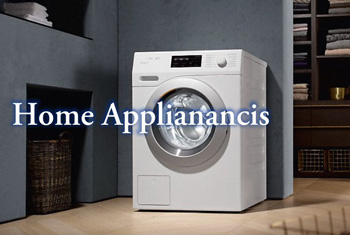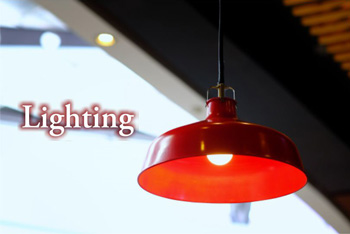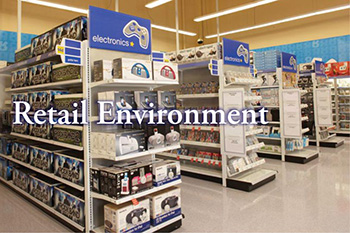Support
Dos and Don’ts of Powder Coatings for better results
- Clean & Dust free atmosphere of work place. Clean equipment and booth before commencing work or while changing the colors. Keep separate hoses for plain & Structure or Texture finishes to prevent contamination of additives in the plain finishes
- Do not mix powders of two different formulations
- Inspect area for accumulated dirt on roofing structures from falling on objects
- Drain the water from air filters before commencing work and check the moisture free air supply to the equipments
- Reclaimed powder should be used in proportion of not more than 15 – 20 %, that too only after sieving thoroughly with 125 mo. Mesh sieve cloth. Metallic powders are not recommended for recycling, as that could result in shade or finish variance
- Store the powders at room temp, in dry places or preferably at temperature, below 25 ° C
- Check whether the proper grounding is provided to spray booth. Improper grounding will result in powder not adhering to component & powder loss
- Check pointage of chemicals in pretreatment tanks at regular intervals and clean it regularly
- Keep article dust/dirt free after pretreatment and before coating
- Keep checking articles for proper pretreatment i.e. Zn Phosphate/ Iron Phosphate or Chromate Coating
- Metallic Mozals should be used for metallic powders for better results. Take sample panel for metallic or antique reclaimed powder before actual use. Keep gun voltage <100 kv for Regular powders & <60 kv for Metallic Powders
- Keep the Gun tip at a distance of 8 to 12 inches from component to be coated get maximum transfer efficiency which helps achieve better coverage
- Reduce voltage & powder output while coating edges/grooves of U-type channels & areas with powerful back ionization effect
Thin powder coatings films can cause the following problems
- Reduced corrosion resistance
- Reduced chemical resistance
- Pinhole rusting
- Reduced electrical insulation
- Inconsistent or incorrect appearance, texture, and gloss
- Orange peel
- Reduced edge coverage
- Inconsistent or incorrect color
Thick powder coatings films can cause the following problems
- Reduced impact resistance
- Reduced flexibility
- Reduced chip resistance
- Inconsistent or incorrect appearance, texture and gloss
- Orange peel
The information is true to the best of our knowledge. However, no guarantee of results is implied since conditions of use are beyond our control.
Applications









